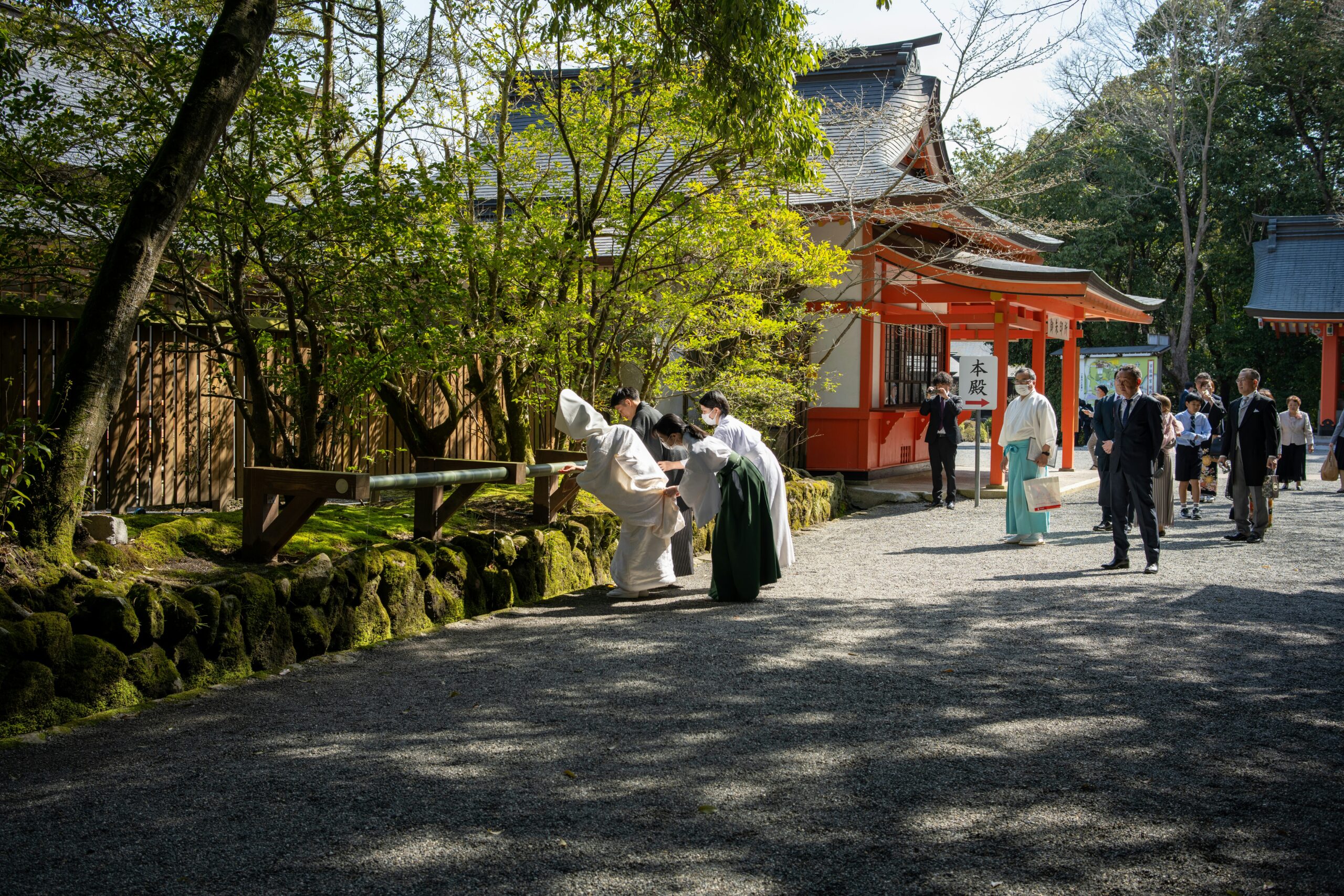Japan is one of the most fascinating countries in the world — but it runs on a different social frequency.
Whether you’re heading over for a short trip, studying long-term, or planning a working holiday like me, understanding the unspoken rules of Japanese culture can make your entire experience so much smoother (and way more fun 😎).
I’ve loved Japan since I was a kid — and over the years I’ve picked up a ton of useful Japanese culture tips from personal experiences, conversations with Japanese friends, and just geeking out over all things Japan. This isn’t some boring textbook guide — I’ve written this to help people like you actually enjoy their time in Japan without feeling totally lost.
So, let’s dive in! 🏊♂️
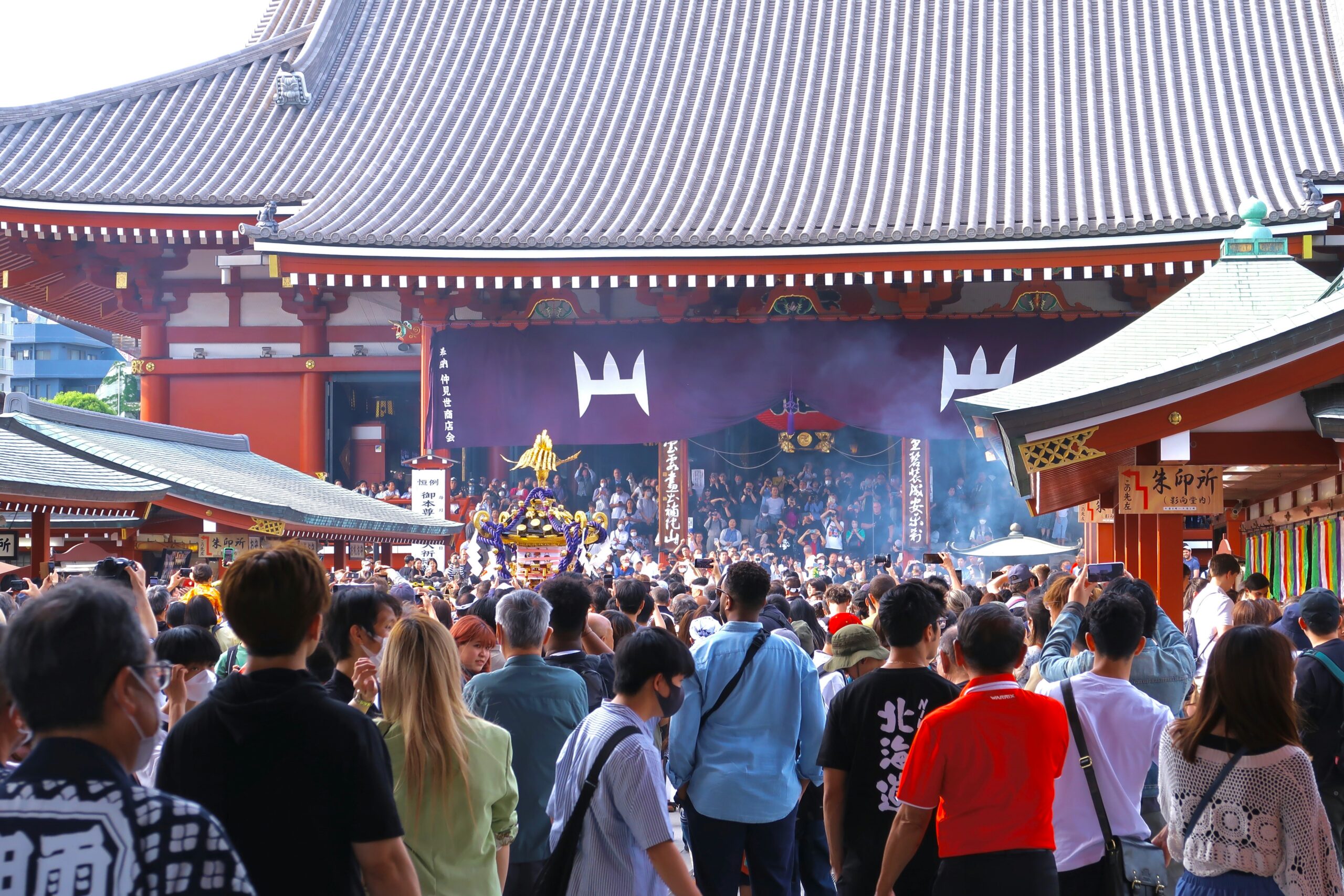
🙇♂️ Greetings, Bowing & Showing Respect
First impressions in Japan? Yeah — they matter.
Don’t worry though, no one expects you to bow like a samurai from a period drama. But understanding the basics shows respect and helps you blend in like a pro.
Japan is a country where manners are everything — but unlike some cultures where you might be praised for being outspoken or assertive, here it’s all about being modest, respectful, and considerate of others.
If you’ve ever heard the phrase “The nail that sticks out gets hammered down,” then you already understand a core part of Japanese social values. 😅 It’s not about blending in for the sake of it — it’s about maintaining harmony and avoiding conflict or inconvenience to those around you.
Here are some of the essential manners you absolutely need to know:
🙏 Bowing
Bowing is a huge part of Japanese communication. You’ll see people bow when saying hello, thanking someone, apologizing, or even when they’re on the phone.
You don’t need to bow perfectly, but a simple 15–30° bow with a genuine heart behind it will always be appreciated.
🗣 Speak Softly in Public
In Japan, public spaces are quiet zones — especially on trains and in elevators. Keep your voice low when speaking, and avoid phone calls in public transport altogether.
If you’re traveling with friends, try not to get too loud — even when you’re excited (yes, even when you’re heading to Akihabara 😆).
💳 Pay with Two Hands
When paying for something — especially at small shops or when receiving change — use both hands when passing money or items. It’s a subtle show of respect and mindfulness that really stands out.
🙅♂️ Avoid Public Displays of Affection
Holding hands? Maybe.
Kissing or hugging in public? Not really.
In general, PDA is rare in Japan — especially in rural or traditional areas. You don’t need to be a robot, but being aware of your surroundings helps a lot.
🔹 Useful Polite Phrases
- こんにちは (Konnichiwa) – Hello
- おはようございます (Ohayou gozaimasu) – Good morning
- ありがとうございます (Arigatou gozaimasu) – Thank you
🔹 Always add -san after someone’s name (e.g., Tanaka-san) unless you’re on super friendly terms. And even if your Japanese is still beginner-level, a little politeness goes a long way 🙏
More than any one rule, the most important mindset to carry is:
“Am I being considerate to others around me?”
If you can keep that in mind, you’re already 90% of the way there!
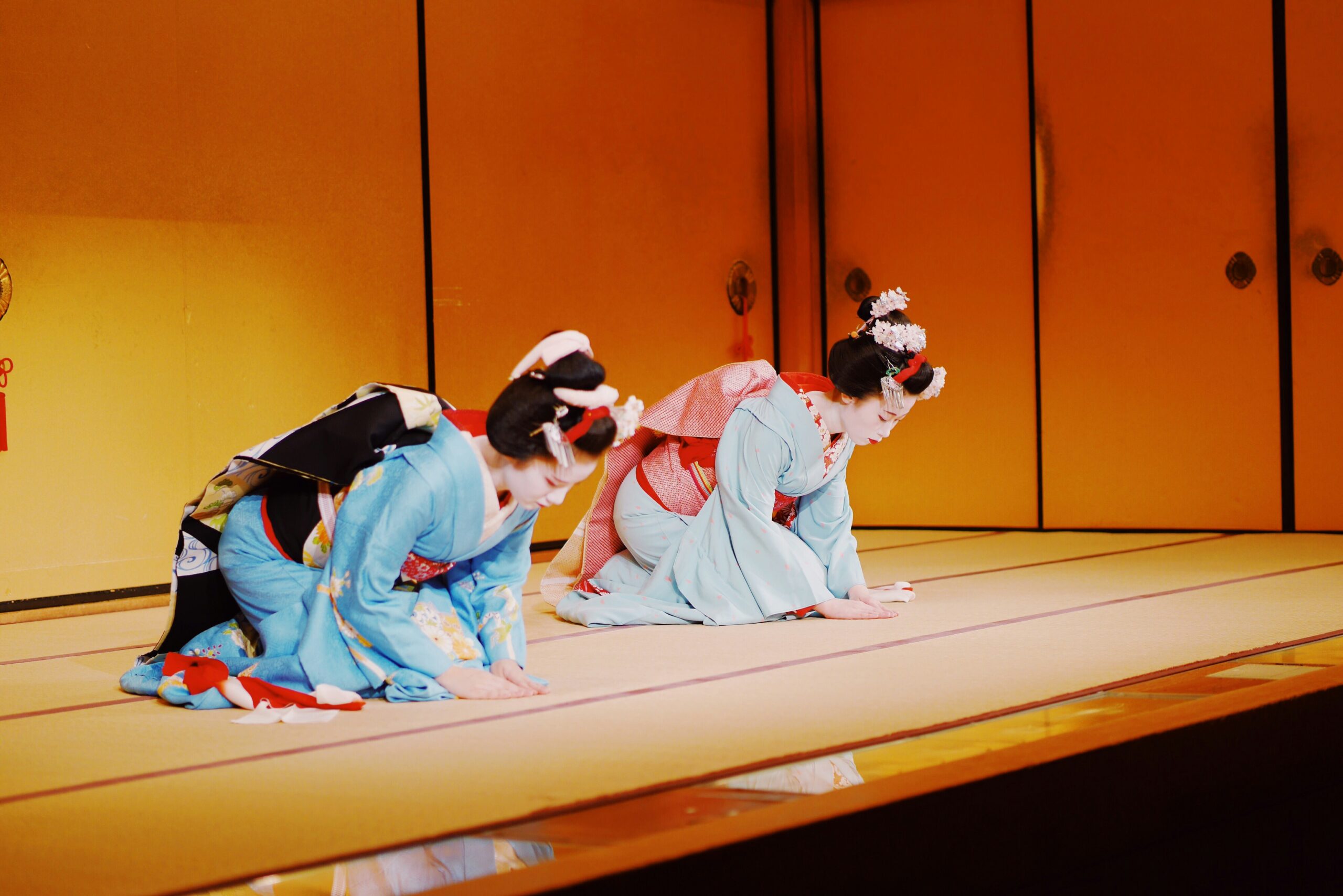
🚉 Train Etiquette – Don’t Be That Foreigner
If there’s one place in Japan where you really want to avoid standing out, it’s on public transport. The trains here are almost sacred spaces of silence and order.
Whether it’s a rush-hour commute or a late-night ride back to your hotel, Japanese trains are all about being mindful of those around you. And if you follow the rules? You’ll fit right in and maybe even come to love the peaceful vibe.
Here’s everything you need to know to master the art of riding the rails like a local:
🔹 Absolute silence is golden. People on the train are usually tired from work or school. No one wants to hear loud phone calls or conversations about last night’s izakaya run. Even whispering can feel loud, so keep your voice ultra-low if you’re talking to a friend.
🔹 Phone etiquette is strict — don’t take calls while on the train. Most phones are on silent mode, and people just scroll, game, or doze off. If you absolutely have to take a call, step off at the next station and call back.
🔹 Priority seating (優先席 / yuusen seki) exists for a reason. They’re not just there to look official. Even if they’re empty, avoid sitting there unless you truly need it — and if someone elderly, pregnant, or injured boards, stand up immediately. You’ll see the appreciation in their eyes.
🔹 Backpacks? Hold ’em low. Wearing a giant backpack on a packed train is a no-no. Take it off, hug it to your chest, or place it at your feet. Japan loves spatial awareness — and nothing screams “tourist” like swinging your bag into someone’s face during a stop.
🔹 No eating or drinking on most local trains. You might be used to snacking on the go, but here it’s considered messy and rude unless you’re on a long-distance train like the shinkansen (新幹線), where eating ekiben (station bento boxes) is basically a tradition 🍱🚄
🔹 Line up on the platform. In Japan, even queuing is an art form. You’ll notice neat lines forming exactly where the doors will open — join the line, wait your turn, and don’t push.
Bonus tip: Late-night trains (especially in Tokyo) can feel like a different world, with some passengers getting a little rowdy after drinks. Still, you’ll never see a fight break out — even drunk, people tend to stay respectful.
👉 TL;DR? Silence, space, and manners. Keep these in mind and you’ll feel like a proper Tokyo commuter in no time — even if you have no idea what station you’re at.
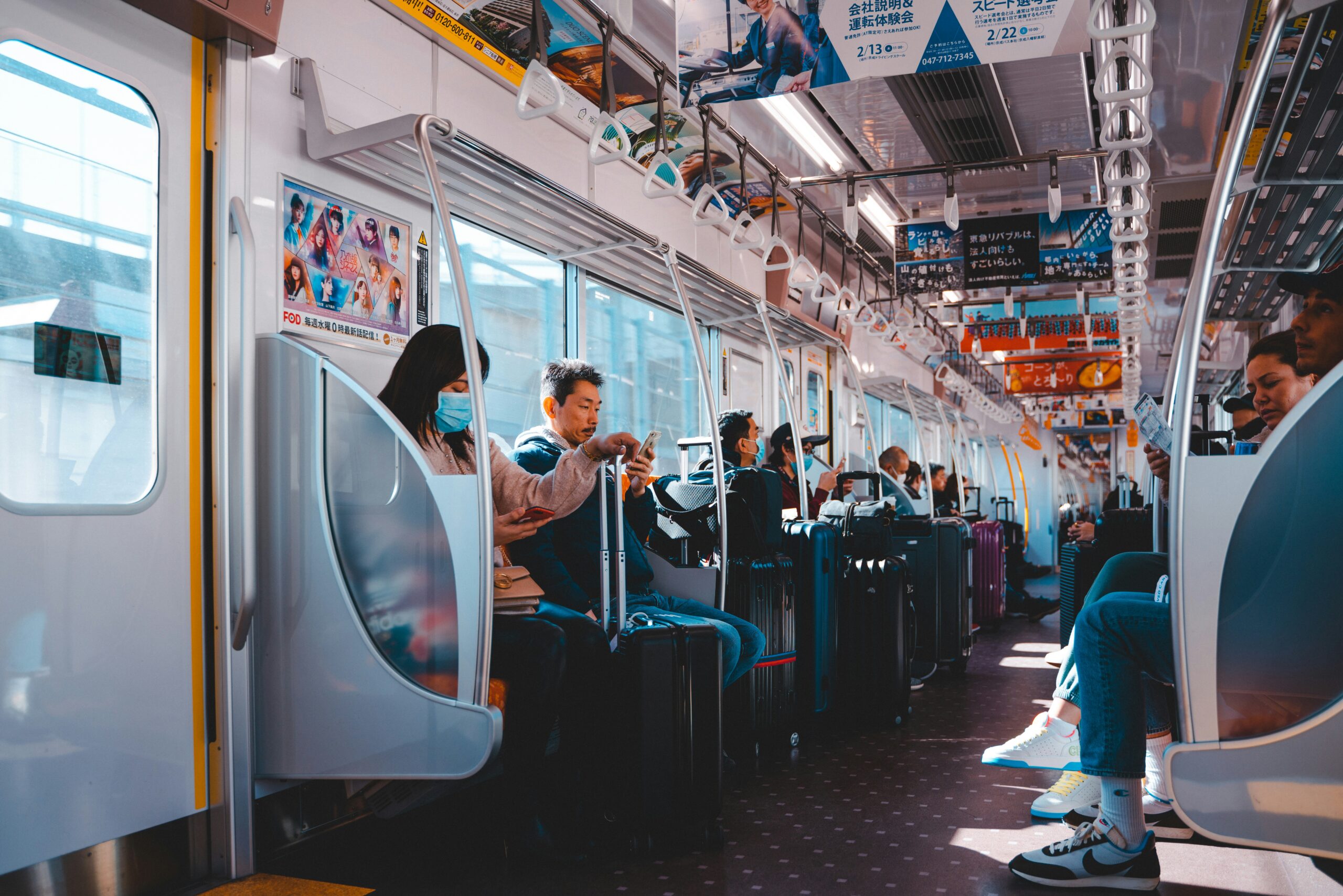
👟 Shoes Off, Slippers On — Mastering the Floor Game
Japan is a shoes-off society, and this is one of those cultural customs that feels a little strange at first… until you realize how clean and logical it actually is.
From homes and ryokan inns to temples, traditional restaurants, and even school classrooms, you’ll need to take your shoes off at the entrance (玄関 / genkan). It’s all about respecting the living space and keeping the indoors pristine.
So here’s your crash course in not embarrassing yourself:
🔹 Step up, not in. The genkan is a slightly lowered area by the door — your shoes stay down there. Don’t accidentally step up into the house with shoes on. That’s the cultural equivalent of walking through someone’s living room with muddy boots 😨
🔹 Turn your shoes around neatly before stepping up. The polite thing to do is face them toward the door for an easy exit later. Bonus points if you line them up perfectly (Japanese hosts will love you for this).
🔹 Slippers (スリッパ / surippa) will usually be provided, especially in traditional accommodations, restaurants, and some offices. These are for indoor use only.
🔹 Bathroom slippers are a thing — and yes, they’re separate from your regular indoor ones. They’ll usually be waiting outside the restroom. Don’t forget to switch back when you leave, or you’ll become that person walking around in toilet slippers 😂
🔹 Tatami rooms (畳 / tatami) are a whole other level — no shoes, and no slippers either! Walk in socks or barefoot. Tatami mats are delicate and considered sacred in some settings, so respect the space.
You might trip up a few times early on, but don’t worry — most Japanese people will appreciate your effort. And once you’ve lived it for a while, you’ll start wondering why every country doesn’t do it this way.
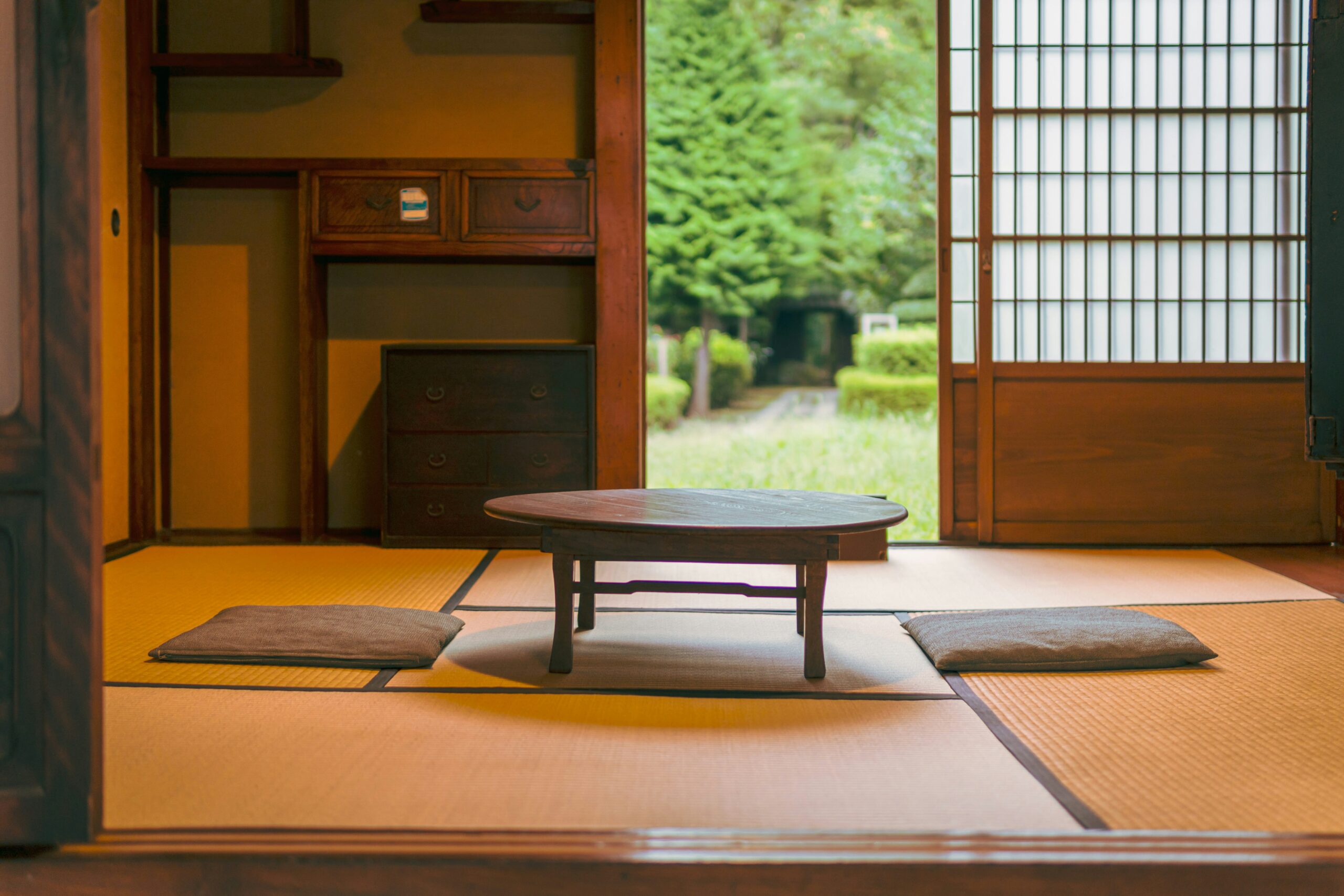
💴 Cash is King – Japan’s Surprising Relationship with Money
You’d think that in one of the most high-tech countries in the world, cash would be obsolete by now, right?
Wrong. In Japan, cash (現金 / genkin) is still very much king 👑 — and if you don’t have it, you could find yourself in a tight spot, especially in rural areas or at smaller businesses.
Here’s what you need to know to avoid awkward payment standoffs:
🔹 Many restaurants, temples, shrines, small stores, and even guesthouses only accept cash. You’ll notice that convenience stores (konbini) and big city chains often accept cards or mobile payments like Suica or PayPay, but don’t assume this is the norm.
🔹 Speaking of Suica and Pasmo cards — they’re more than just train passes. These IC cards can be used at vending machines, convenience stores, and even some restaurants. Load them up and treat them like rechargeable debit cards 💳
🔹 Always carry some 1,000 yen bills and coins, especially for coin lockers, vending machines, and shrine donations.
🔹 Don’t be surprised if your change is handed back with two hands and a polite bow. Presentation and respect are everything here.
🔹 ATMs can be a bit confusing — not all of them accept international cards. 7-Eleven ATMs are your best friend (they’re literally everywhere), and they almost always work with foreign debit/credit cards.
🔹 Tipping? Not a thing. Don’t try to leave coins at the table — the staff will probably run after you thinking you forgot your change. Service is part of the culture, not an added bonus.
💡 Pro tip: Want to impress your Japanese friends? Pull out exact change like a pro. It’s weirdly satisfying, and locals will think you’re a seasoned traveler. 😎
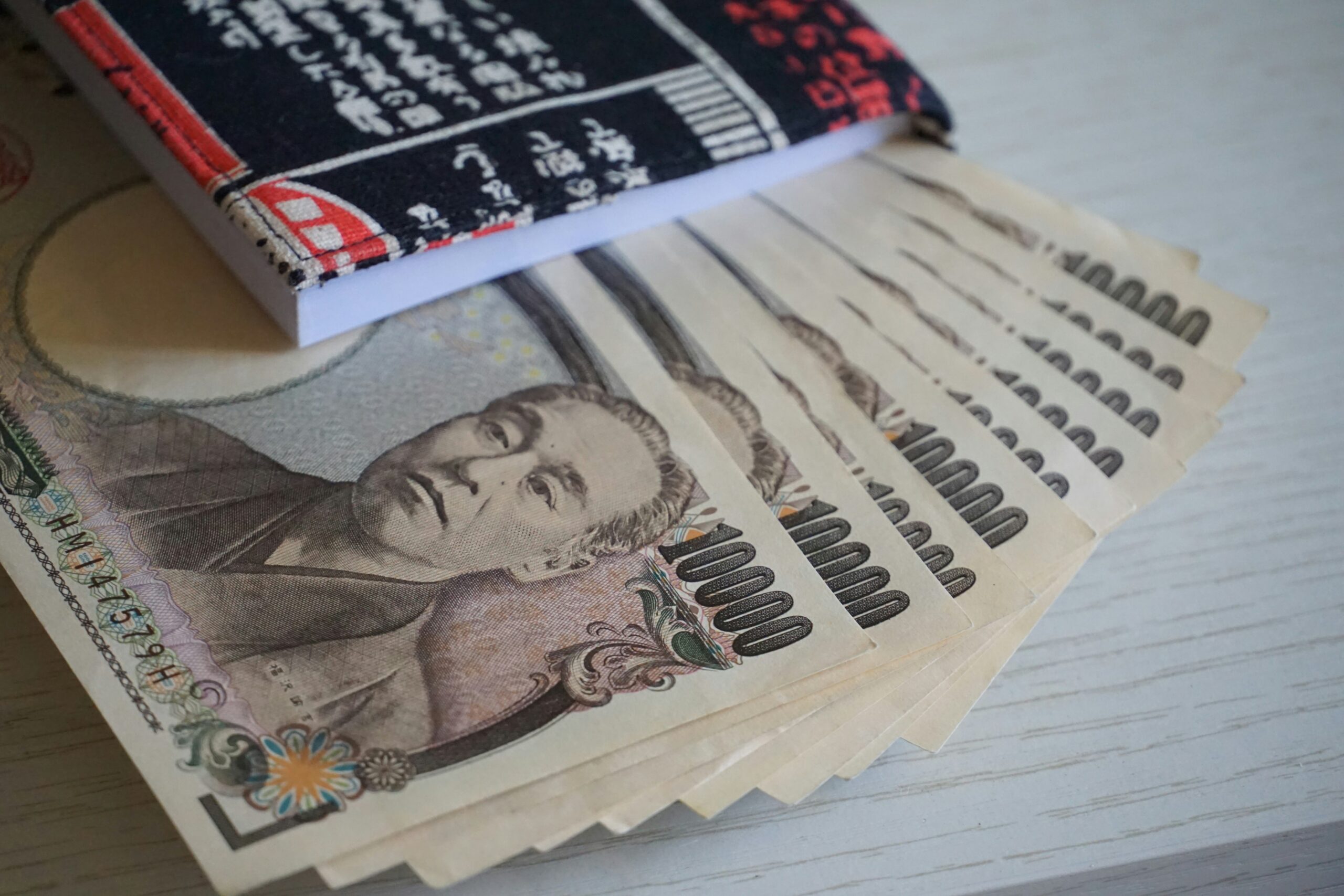
🗑 Trash & Recycling – Welcome to the Sorting Olympics
If there’s one thing that shocks every foreigner who first comes to Japan, it’s this: there are barely any public trash cans.
And yet, the streets are spotless.
So… where does all the trash go?
Answer: Everyone takes their trash home. And when they get there? It’s time for the great sorting ritual 🧩.
Here’s what you need to know to keep up:
🔹 Burnable (燃えるゴミ / moeru gomi) and non-burnable (燃えないゴミ / moenai gomi) are the two main trash categories. But that’s just the beginning…
🔹 Plastics, cans, glass bottles, PET bottles, cardboard, electronics — all get separated meticulously. You’ll often need to wash out containers before throwing them away. Yup, that empty bento tray? Rinse it. You’re basically doing your own recycling prep.
🔹 Each neighbourhood has its own collection schedule. Monday might be for burnables, Wednesday for PET bottles, and Friday for glass — if you miss your day, you’re stuck with it for another week. And trust me, you don’t want a week-old bag of fish bones in summer 🫠
🔹 At home, you’ll see people with multiple trash bins, color-coded or labeled for each type of waste. It becomes second nature after a while, but at first, it’s like decoding a puzzle.
🔹 In public? You’re responsible for your own trash. That means carrying your empty drink bottle around for hours until you find a recycling bin (usually near a vending machine or konbini).
🔹 And yes, Japanese people will stare if you mess it up. Not in a rude way, but in a “whoa, the foreigner just tossed a banana peel in the plastic bin” kind of way 😅
While it can feel overwhelming at first, this whole system reflects Japan’s deep-rooted respect for cleanliness, order, and community responsibility. Once you get the hang of it, you might just miss it when you go back home.
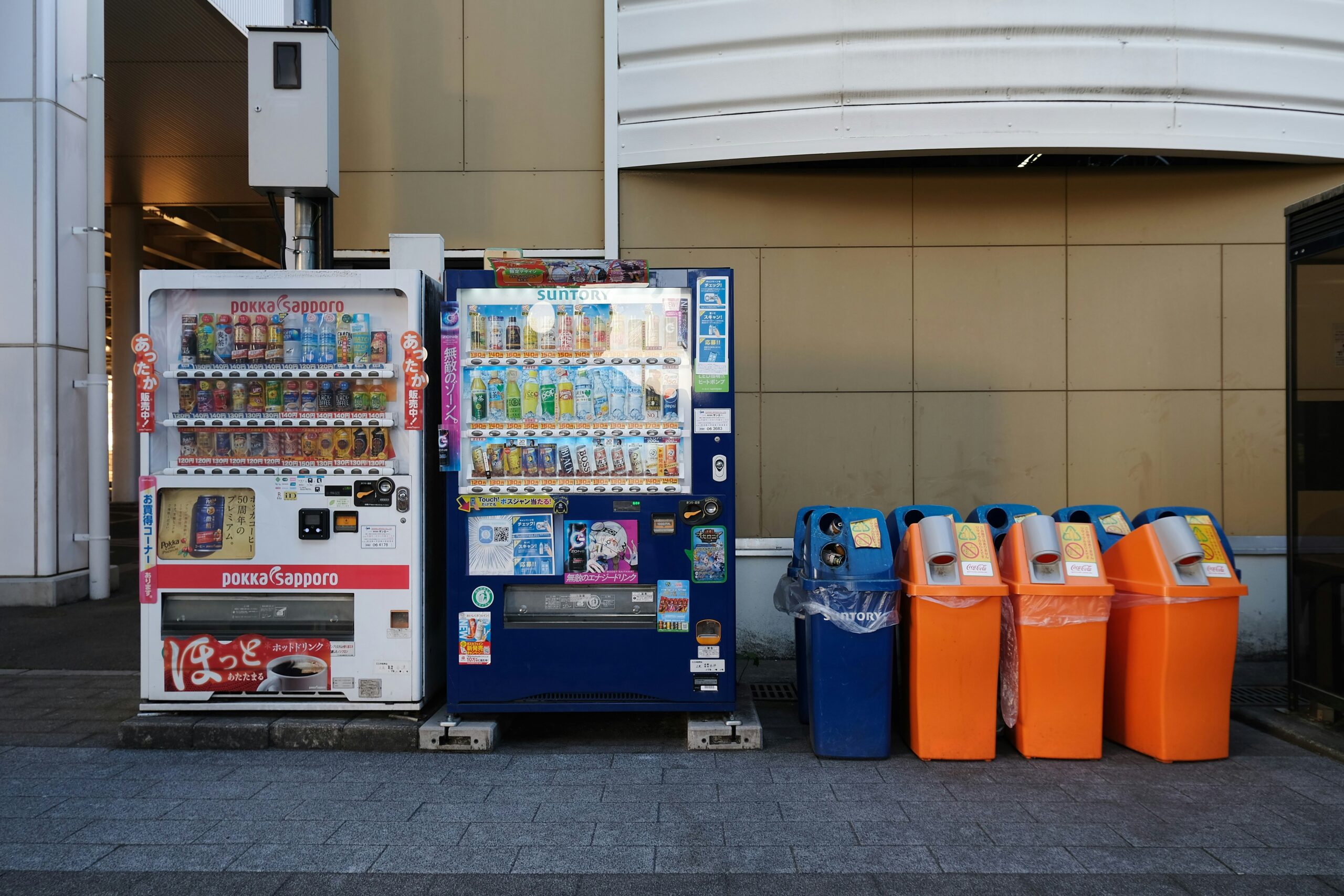
🤐 Social Norms & Consideration – The Unspoken Rules of Japan
One of the most fascinating things about Japan is how smoothly society runs, and a lot of that comes down to something you won’t see written anywhere:
➡️ Consideration for others (思いやり / omoiyari).
This value flows through everything — from train rides to mealtimes — and as a foreigner, understanding these unspoken rules can make a huge difference in how you’re perceived.
Here are the big ones:
🥢 Chopstick Manners You Need to Know
Let’s start with everyone’s favourite dining utensil: chopsticks (箸 / hashi).
There are a lot of rules, but don’t worry — here are the ones you really need to follow:
- Don’t stick your chopsticks upright into a bowl of rice. This resembles a ritual done at funerals to honor the dead. Big no-no. ☠️
- Don’t pass food directly from one set of chopsticks to another. This also mimics a funeral practice involving cremated bones.
- Don’t point with your chopsticks. It’s considered rude and aggressive.
- Don’t use your chopsticks to pull dishes toward you — it’s bad manners. Use your hands instead.
- Use the opposite end of your chopsticks (the clean, unused side) when taking food from shared plates.
- And of course, don’t play with your chopsticks or wave them around like a magic wand. You’re not at Hogwarts 😅
These rules might sound strict, but following them shows cultural awareness and respect — and locals will quietly love you for it.
🗣️ Keep Your Voice Down
Whether you’re on the train, in a restaurant, or even just walking down the street — Japan is a quiet country.
Loud conversations, speakerphone calls, or big outbursts are considered inconsiderate.
When in doubt? Lower your voice.
This is especially important on public transport, where talking on the phone is a big no-no. Put it on silent mode (called manner mode) and enjoy the peaceful hum of a perfectly quiet train ride.
😶 Avoid Confrontation
In Japanese culture, harmony (和 / wa) is everything. That means no arguing, no complaining publicly, and definitely no heated debates in everyday settings.
Even if someone messes up your order or bumps into you — the best approach is to smile, bow slightly, and move on. Getting angry in public will make you look bad, not them.
👥 Respect Personal Space
This one’s subtle but important.
In Japan, people give each other a lot of personal space, even in crowded areas. You’ll rarely see people pushing or brushing against each other on purpose.
When walking in narrow streets or entering elevators, move to the side, don’t block the way, and always be aware of who’s around you.
🙏 Bowing and Body Language
Bowing is one of the most recognizable parts of Japanese etiquette.
You don’t need to master the art of bowing, but just know this:
- A small bow when greeting or thanking someone is a nice touch.
- Don’t go overboard with deep, slow bows — that’s reserved for formal apologies or ceremonies.
- Just mirror what the other person does and you’ll be fine.
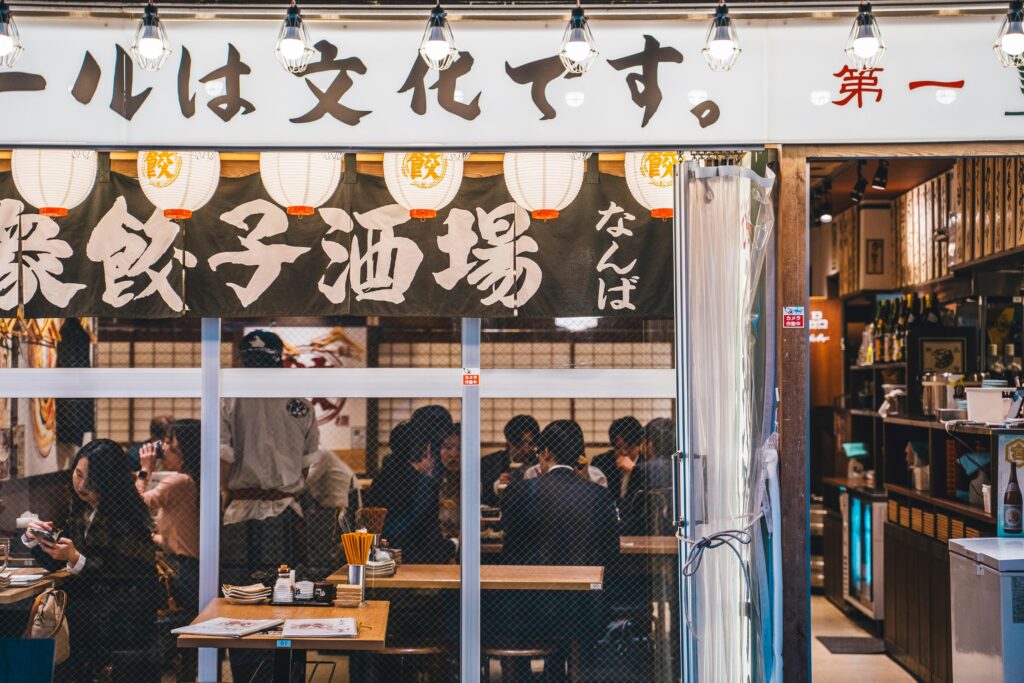
📸 Photography Etiquette & Being a Respectful Tourist
Japan is full of beautiful photo ops — from ancient shrines and neon-lit cityscapes to quiet backstreets and scenic countryside. But when it comes to taking pictures, there’s a cultural line you need to respect.
Here’s how to snap responsibly in Japan:
📍 Ask Before You Snap
Not everything is Instagrammable.
Temples, shrines, traditional shops, and even food stalls often have signs that say “No Photography” or “撮影禁止 (satsuei kinshi)”. If you’re unsure, just ask with a smile:
👉 “写真を撮ってもいいですか?” (Shashin o totte mo ii desu ka?) – “Is it okay if I take a photo?”
People will appreciate the politeness — even if they say no.
😶 Don’t Photograph Strangers
It might be tempting to snap a picture of someone in a kimono or a monk walking through a temple… but don’t do it without permission.
Privacy is a big deal in Japan, and many locals won’t appreciate being the subject of your vacation album.
That includes kids, shopkeepers, and even tourists you don’t know.
If someone ends up in your shot by accident — fine. But never zoom in or make someone the focus without their okay.
🛐 Respect Sacred Spaces
Temples, shrines, and cemeteries are not photo studios. Flash photography, loud talking, or walking into off-limits areas for “the perfect shot” is disrespectful and can ruin the atmosphere for others.
This isn’t just about manners — it’s about showing cultural respect.
🏙 Know When to Put the Camera Down
Sometimes, the best moments don’t need a lens.
Enjoy that quiet cup of matcha in a traditional teahouse. Take in the sound of cicadas in a Kyoto garden. Soak in the atmosphere, and let the memory live in your mind — not just your photo library.
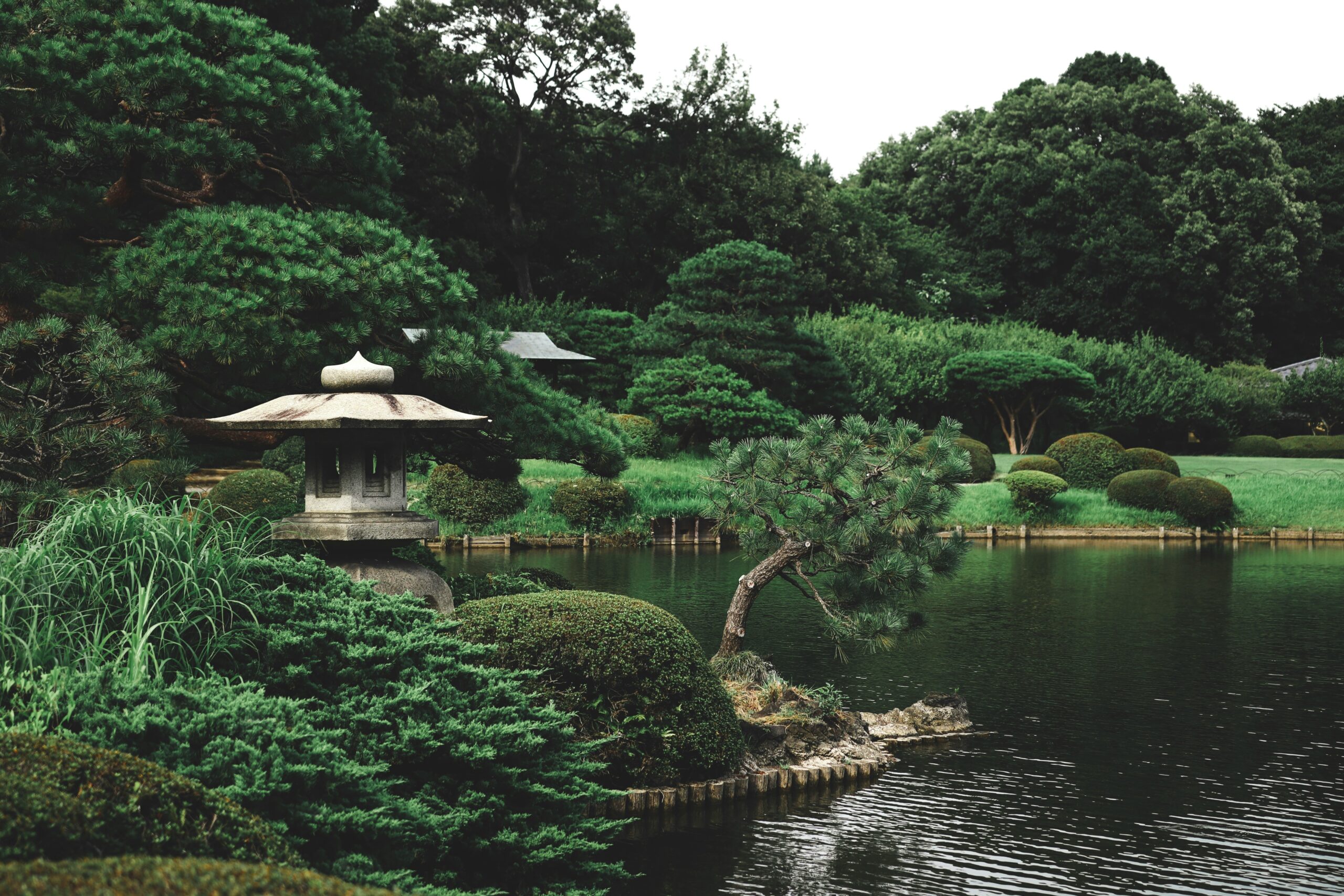
🎌 Final Thoughts: When in Japan,
Do as the Japanese Do
Japan isn’t just beautiful — it’s a country built on centuries of customs, unspoken expectations, and quiet consideration. And while it may feel like a lot to learn at first, the truth is:
➡️ Japanese people don’t expect perfection — they appreciate effort.
By showing genuine interest in local etiquette, you’re doing more than just “being polite” — you’re honouring the culture and earning respect from those around you.
Whether it’s bowing slightly, eating quietly on the train, or simply saying “すみません (sumimasen)” with a smile, every small act goes a long way. 🇯🇵✨
And hey — you don’t have to get it all right. Just be open-minded, curious, and humble, and you’ll not only avoid awkward situations, but you’ll experience a deeper, more meaningful version of Japan than most tourists ever will.
